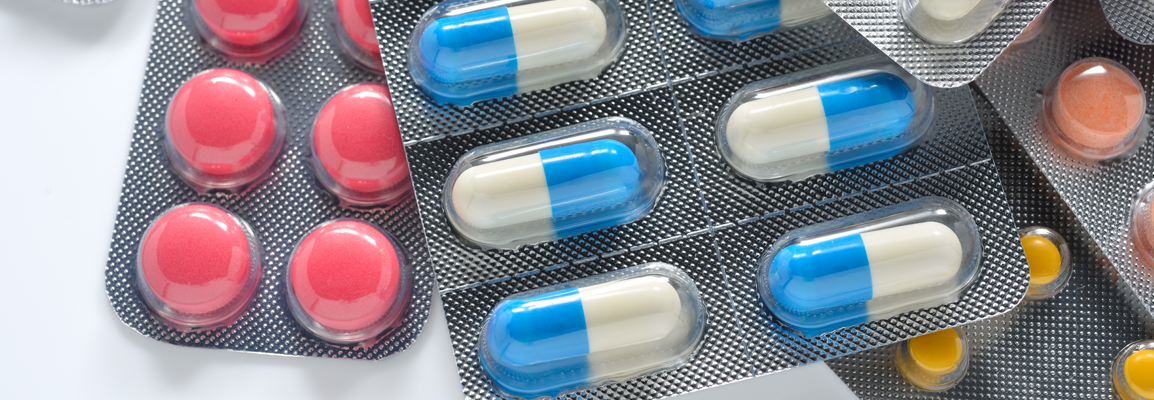
Packaging
Fast and accurate analysis of product containers and their contents.
Selection of verification of the most appropriate packaging details is an important set of considerations during the development of all drug products. The way in which the product is packed is a key processing step that can affect drug stability, safety and efficacy. It is therefore often necessary to be able to perform measurements directly on the package itself, the product within the packaging (as a production control method) or the contents of a package downstream, for example in a stability investigation or as an investigative test.
In order to ensure quality control of final product, pharmaceutical companies employ the process of check weighing, the ability to weighs items and provide highest weighing accuracy and repeatability. Contactless check weighing (CCW) is a non-destructive process already in use at Roche, using an established procedure for at-line process control for different vials and syringes using CCW to measure the filling weight of parenteral drug product solutions in vials and syringes. The pharmaceutical product is filled into syringes, vials or ampoules to a certain mass or volume, a quantity which has to be carefully controlled. The common method is weighing via a balance, which, for obvious reasons, is a two-step process. This in-package analysis is critical for pharma quality assurance purposes, pushing manufacturing efficiencies and delivering real-time data on process, product completeness and full compliance with cGMPs and regulations worldwide. This in-package analysis of products, without damage to the contents, enables the pharma company to avoid product wastage.
Defects of the packaging or abnormalities in the different dosage forms of the pharmaceuticals can also be analysed using FT-IR microscopy. Coatings on various surfaces of diagnostics can be analysed by IR and/or Raman microscopes, with deposits on stoppers, syringes, hollow needles or packaging material are typical samples for this technique. To measure deposits on the inner surface of glass vials or even to perform a depth profiling of multilayer materials, compact Raman microscopes can be used.
X-ray microscopy provides a fast way to non-destructively inspect drug packaging. XRM is used to inspect the seal integrity of glass vials containing the API. In the same analysis the residual volume in the vial can be quantified. Another application of XRM inspection is QC of drug delivery devices such as syringes and inhalers to ensure proper dosing. Thanks to the non-destructive 3D visualization of the interior, obstruction by deposits or misalignment of internal parts can be detected while maintaining the sterile environment.
LabScape
Service & Life Cycle Support for Magnetic Resonance and Preclinical Imaging
Bruker’s commitment to provide customers with unparalleled help throughout the buying cycle, from initial inquiry to evaluation, installation, and the lifetime of the instrument is now characterized by the LabScape service concept.
LabScape Maintenance Agreements, On-Site On-Demand and Enhance Your Lab are designed to offer a new approach to maintenance and service for the modern laboratory




